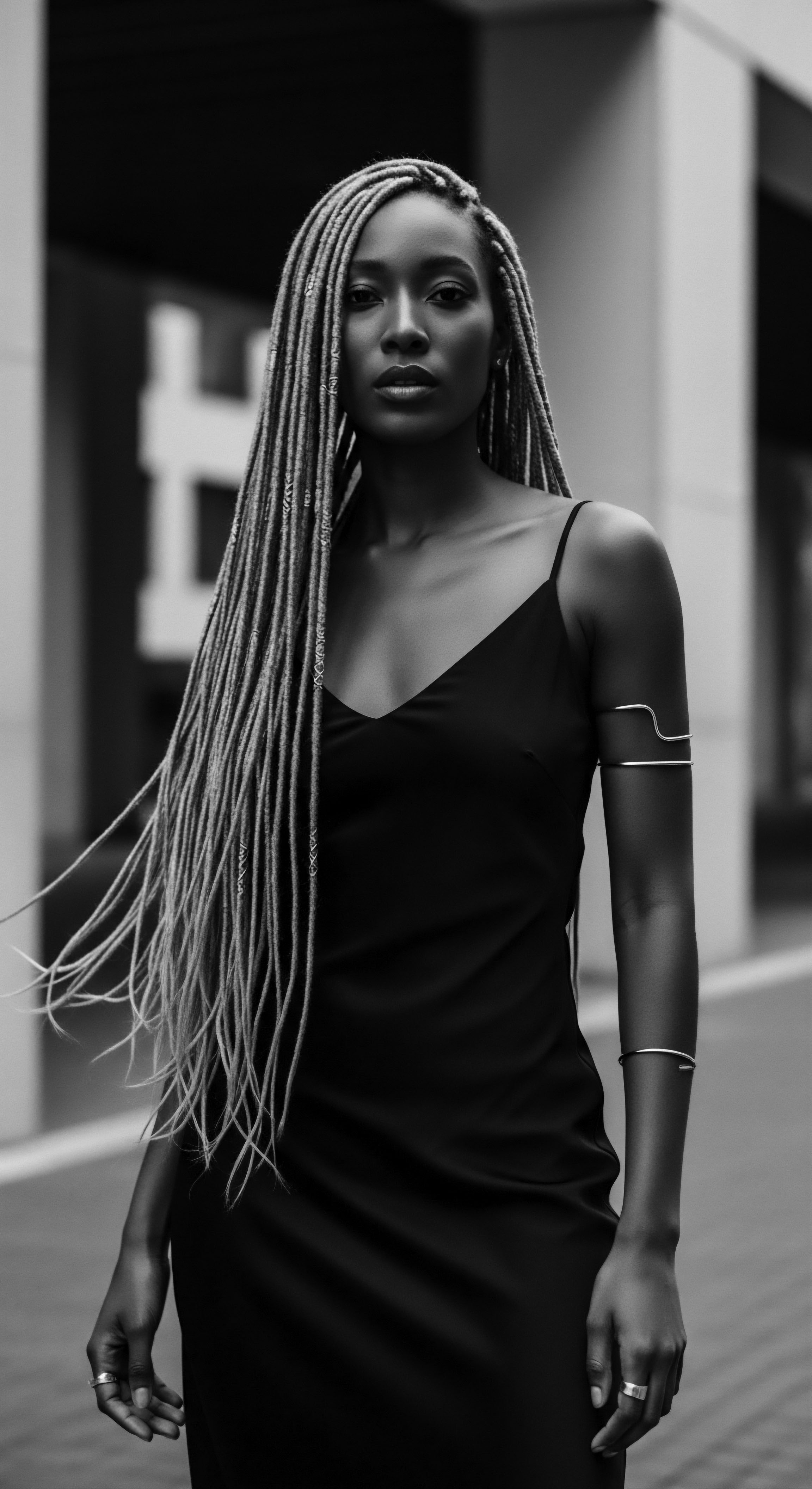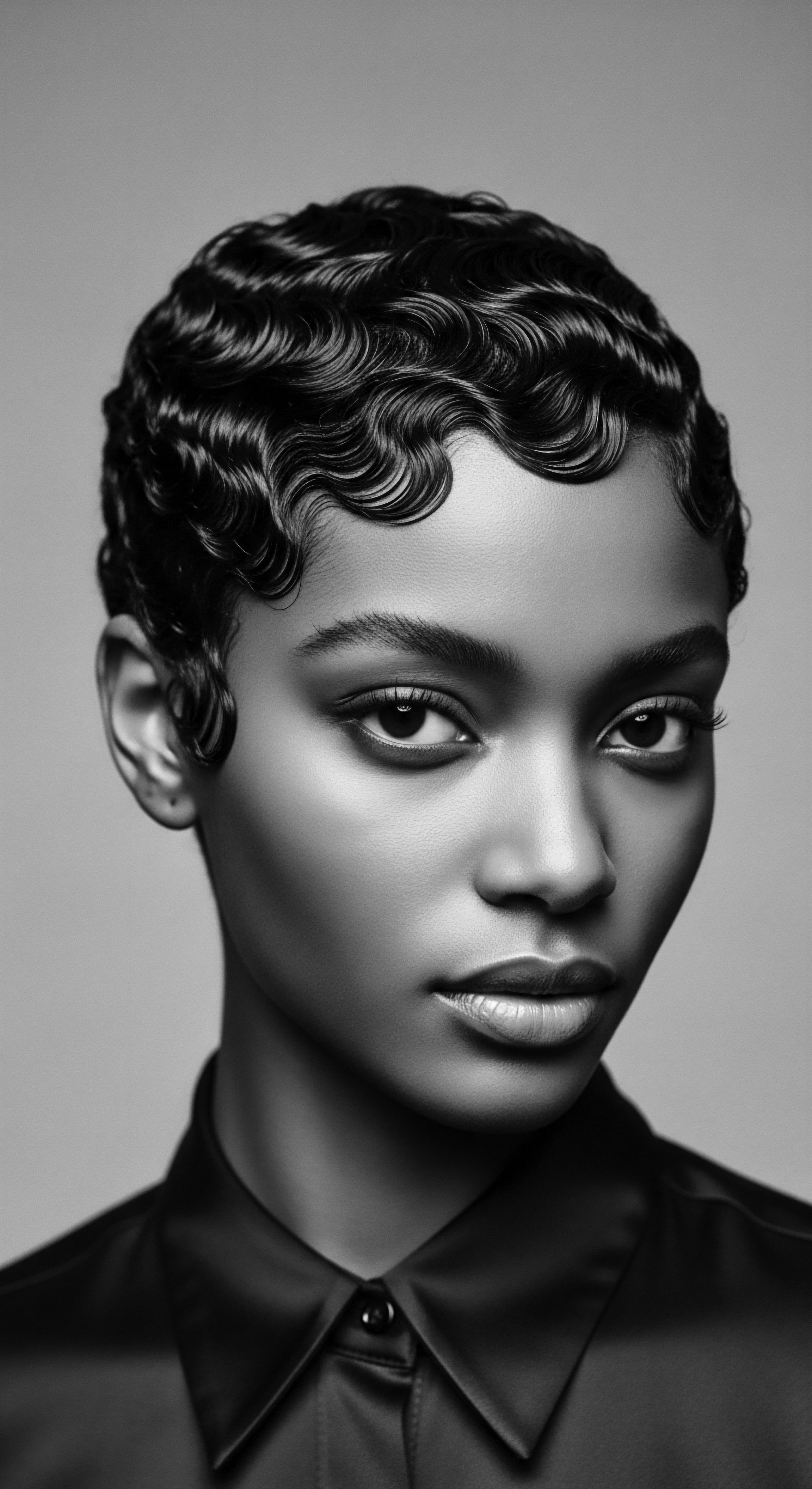
What ancestral materials formed early textured hair combs?
Early textured hair combs were crafted from abundant natural materials like wood, bone, ivory, and shell, reflecting a profound heritage.

How did ancient comb designs reflect textured hair needs?
Ancient comb designs mirrored textured hair needs through wide-set teeth and durable materials, reflecting ancestral care and cultural identity.

What deeper cultural meanings did early comb materials carry for heritage?
Early comb materials carried complex meanings, reflecting status, identity, spiritual connection, and ancestral resilience for textured hair heritage.
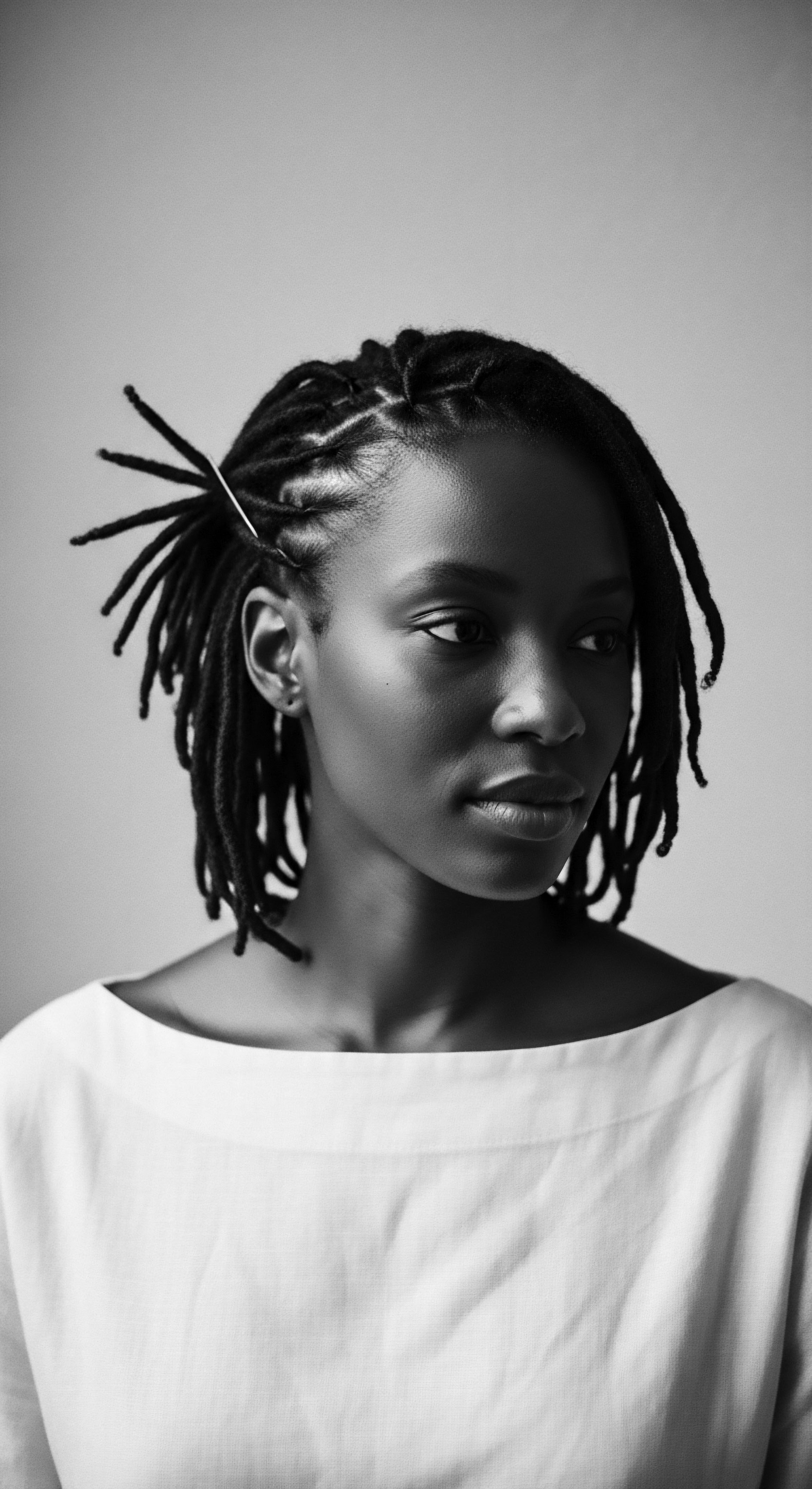
What materials formed the earliest textured hair combs?
The earliest textured hair combs were crafted from natural materials like wood, bone, ivory, and horn, reflecting ancestral ingenuity and a deep connection to textured hair heritage.
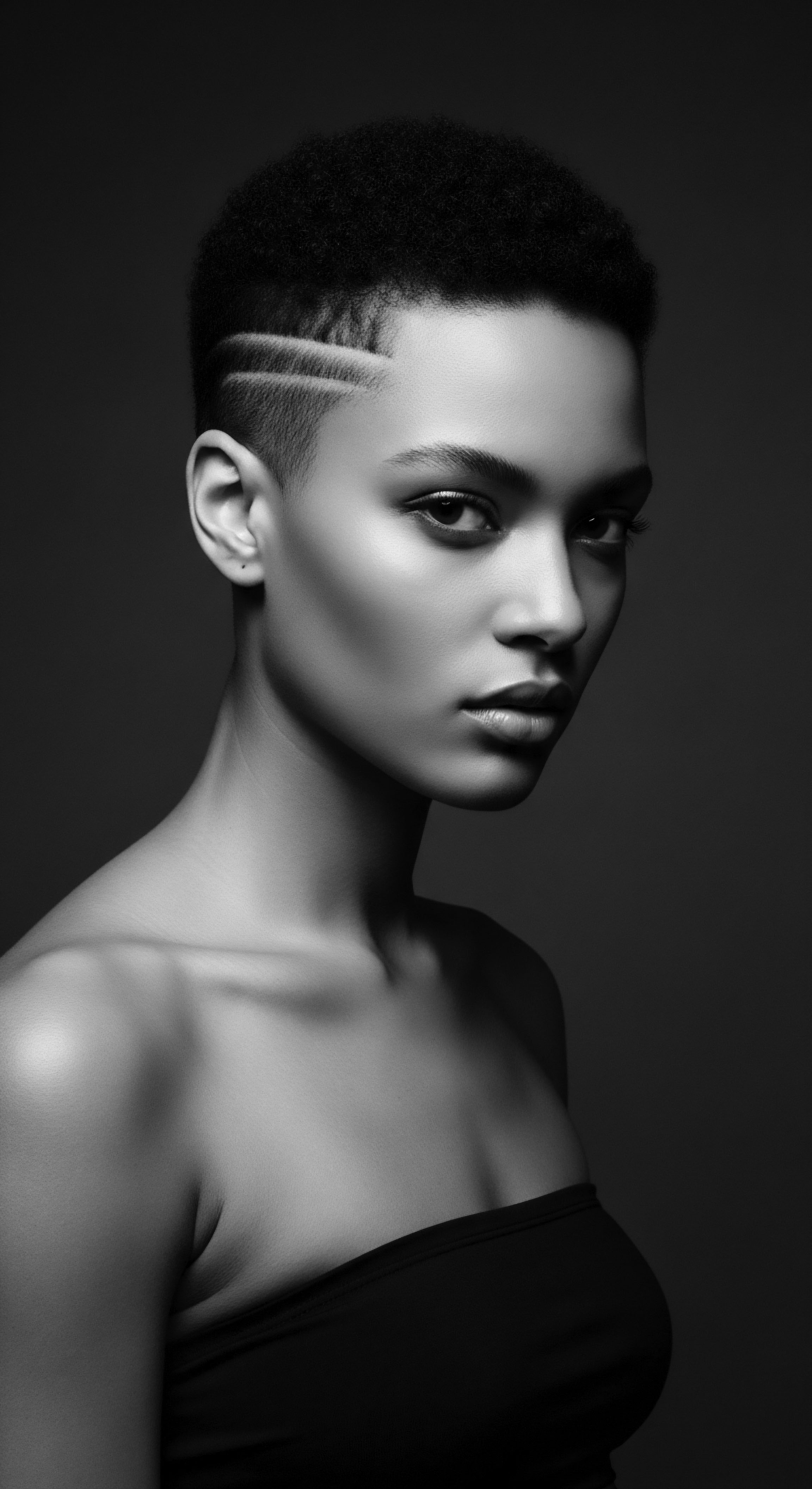
How did ancient combs adapt to textured hair biology?
Ancient combs adapted to textured hair biology through wide-toothed, sturdy designs, reflecting ancestral wisdom and heritage-driven care.
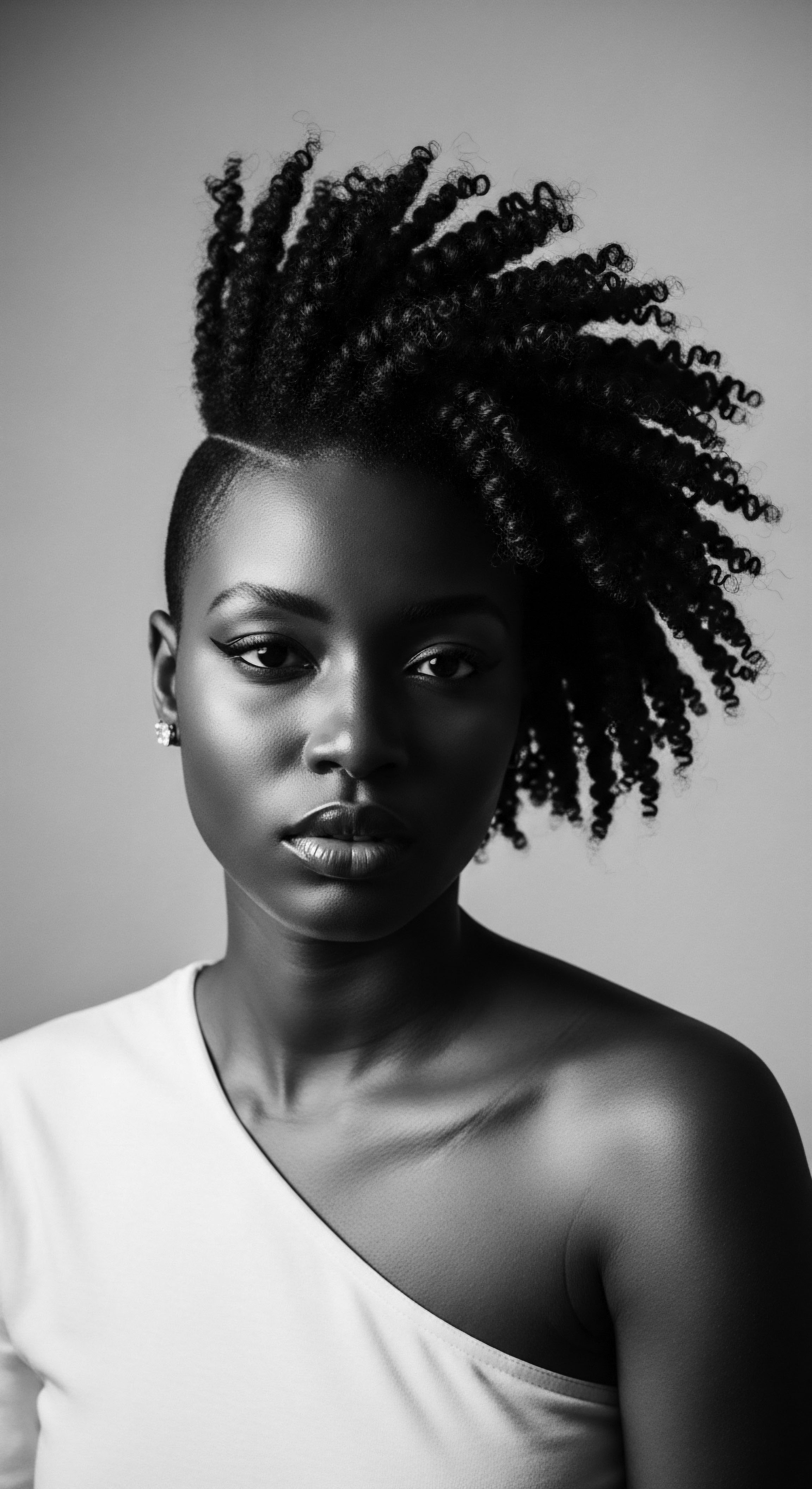
Can textured hair heritage be seen through ancient grooming tools?
Ancient combs and other grooming tools unequivocally illustrate a deep, sophisticated textured hair heritage rooted in African civilizations.

How do ancient combs reflect hair heritage?
Ancient combs reveal millennia of deep knowledge and cultural reverence for textured hair, linking ancestral practices to enduring identity.

